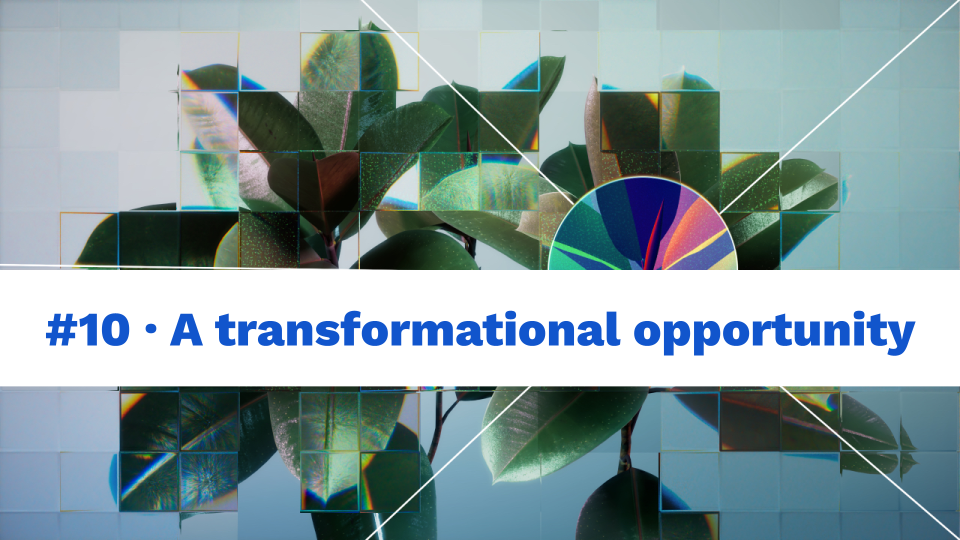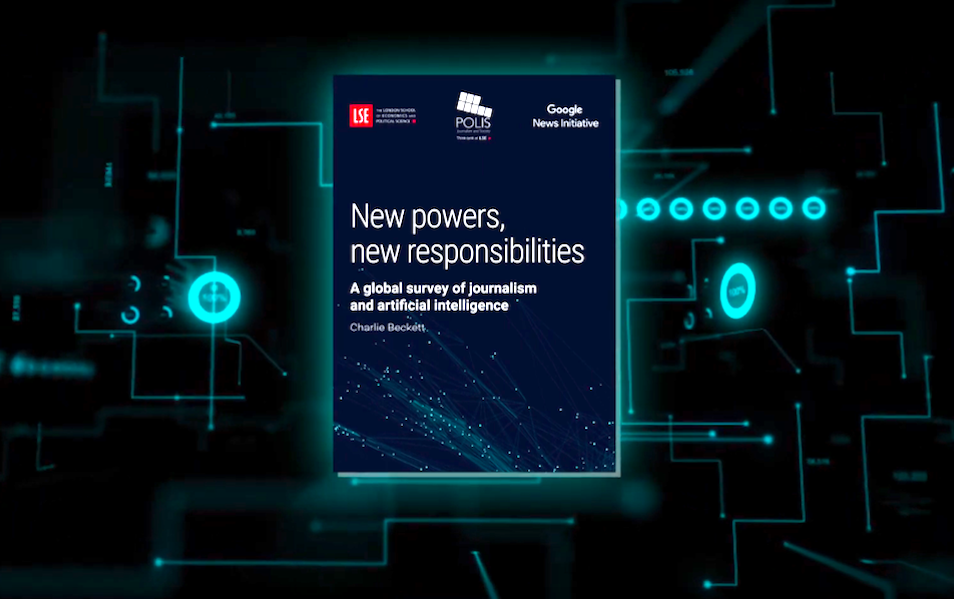Artificial Intelligence is permeating newsrooms worldwide, and the conversation around the use of AI in news organisations has gained increased prominence with the arrival of ChatGPT, a new language model by OpenAI.
It’s easy to get lost in this space especially if you’re new to it. Which is why we have compiled key thoughts that experts shared with us over the last three years.
Take them as 7 points to keep in mind as you explore AI’s opportunities for your newsroom.
❝ AI is already proving that it can turbo-charge human journalism, and small news organisations do not need to miss out.❞
Small newsrooms have lesser access to AI. Some of the main reasons for this are access to capital, lack of dedicated technology team members, and access to tech talent. There are also not as many playbooks available for smaller newsrooms to learn from. Despite this, AI can open a wealth of opportunities for these very same newsrooms.
“Yes, the big news organisations seem to be getting bigger. But around the world, there has also been an explosion of micro and medium-sized media that can service local or niche audiences and provide diversity and variety in publishing”, says JournalismAI Director, Charlie Beckett.
Read more about the challenges and opportunities for smaller newsrooms:
🔗 Closing the AI gap: How small news publishers can benefit
❝ There is a false dichotomy between “machine work” and “human” work. In practice it needs to be a combination of both.❞
The narrative about AI is usually one of machines replacing humans. But, as we’ve learned, this isn’t the case. In our JournalismAI report, we surveyed newsrooms using AI and found that it’s used to augment journalists’ work and not replace them.
Last year, a group of newsroom leaders reiterated this message about how we need to create more “audience-centric” AI products, and talked of reviewing the current news production model.
🔗 What newsroom leaders think about the future of journalism and AI
❝ Ensuring that AI can be held accountable, be explained, and remain fair is key to responsibly using AI in your newsroom.❞
Recognising the risks and concerns that come with AI implementation in newsrooms is key to ensuring fairness, transparency, and accountability. Moreover, adopting ethical guidelines in your newsroom can ensure that the new technologies are held up to ethical journalistic standards.
The AI + Automation Lab at Bayerischer Rundfunk (BR) and Partnership on AI have shared how to come up with AI ethical guidelines in our community workshop last year.
Watch the video to find out more:
🔗 How to design guidelines for the responsible use of AI in your news organisation
❝ It’s important to think about AI and explainability issues before it’s too late.❞
Some more complex AI models like neural networks can be notorious for the “black box” ways in which they work: it’s hard to decipher how they reach the conclusions they do based on vast datasets.
That’s why experts are now advocating for explainability or, in other words, the ability to understand what the logic is behind the decision of an AI model.
“For journalists, a deeper understanding of AI is important for two reasons: On the one hand, they need a certain degree of transparency to investigate socially relevant developments and uses of learning systems. At the same time, we will integrate AI more and more into our own processes to leverage potential in research, production and distribution. For this to work well, we need to be able to understand how the system works, how a result has come about and what I, as a user, can do to influence it.”, says Christina Elmer, Professor for Digital Journalism and Data Journalism at TU Dortmund University.
Read about how explainability can help build more effective AI news products:
🔗 Building better human-AI interfaces for journalism
❝ The vast majority of technological advances have been in English-based NLP systems.❞
Natural Language Processing (NLP) is an area of AI that aims to understand, analyse and make sense of human languages. For that reason it can be a powerful tool for newsrooms.
However, non-English language newsrooms face additional challenges when it comes to implementing NLP. The lack of data resources in languages besides English leads journalists to look for different strategies on how to stay up to date with new technologies.
Find out how non-English newsrooms can face the NLP challenges:
🔗 The NLP divide: English is not the only natural language
❝ The datasets used to train the (AI) models lack diversity and representation from the Larger World. They are biassed toward the regions where the most amount of AI development is being done.❞
For a more diverse AI ecosystem, it’s crucial to have access to voices, faces, and languages from the Global South. This is currently not always the case with AI development which is mainly focussed in the Global North. For example, how can you make image recognition more inclusive?
This is the challenge and opportunity that team Image2Text from the 2022 JournalismAI Fellowship ran into when they realised that most computer-vision models in the market are not trained for their specific context.
Learn more about the Image2Text project:
🔗 Making image recognition for newsrooms more inclusive
❝ Be balanced in approaching AI: be skeptical, understand the limitations of the technology and its risks, and be careful and responsible once you decide to use it. But while you do all of that, allow yourself to get excited for the opportunities that it opens up.❞
AI is a transformational opportunity, it can help save time and make journalists’ work more efficient, but more than that it poses questions that can allow newsrooms to be creative and encourage them to discover new and impactful solutions for the industry.
Read more about it in this piece from JournalismAI manager, Mattia Peretti:
🔗 10 things you should know about AI in journalism
This article by JournalismAI programme managers Lakshmi Sivadas and Sabrina Argoub was originally published in the JournalismAI newsletter. Sign up now to join our global community.
JournalismAI is a global initiative of Polis and it’s supported by the Google News Initiative. Our mission is to empower news organisations to use artificial intelligence responsibly.






